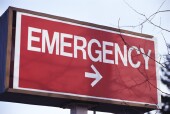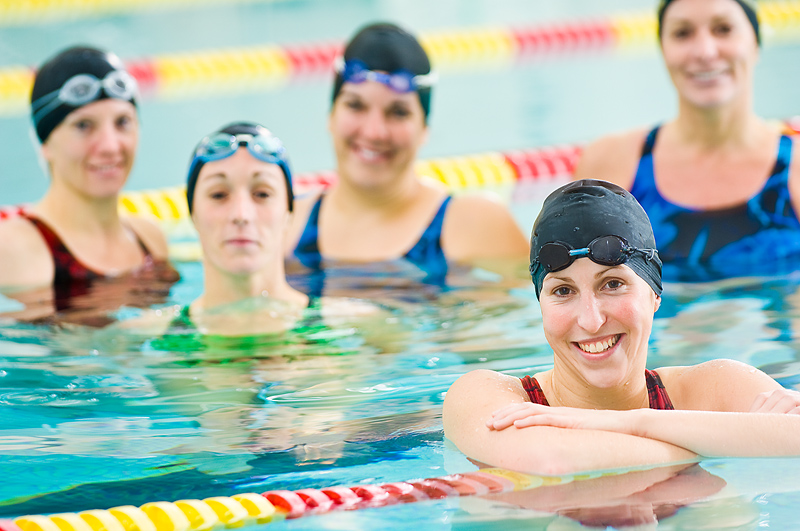
FRIDAY, Dec. 10 (HealthDay News) — Children and teens accounted for 48 percent of the 54,983 exercise-related heat injuries that were treated in U.S. emergency departments between 1997 and 2006, a new study shows.
The number of ER visits for such heat-related injuries also increased 133 percent during the study period, jumping from 3,192 in 1997 to 7,452 in 2006, according to the researchers at the Center for Injury Research and Policy at Nationwide Children’s Hospital in Columbus, Ohio.
These cases — known as “exertional heat-related injuries” — include dehydration, heat exhaustion and heat cramps. They can occur during sports, exercise or other types of physical activity during warm or hot weather.
The researchers’ analysis of data from the National Electronic Injury Surveillance System found that most of these injuries occurred during sports or exercise (75 percent) or during outdoor recreational activities (4 percent) such as swimming at the beach and playing on the playground.
However, they also noted that 21 percent of exertional heat-related injuries occurred while people were doing everyday activities such as yard work (11 percent), home maintenance (5 percent) and miscellaneous activities (5 percent) such as moving furniture.
The most common type of exertional heat-related injury was heat exhaustion (73 percent), followed by dehydration (19 percent), heat-related dizziness or fainting known as “heat syncope” (10 percent), heat cramps (5 percent), heat stress (2 percent) and heat stroke (1 percent).
Most patients were treated and released, but about 10 percent were admitted to hospitals for treatment. Men and boys and people aged 60 and older were more likely to be hospitalized for exertional heat-related injuries than women and girls and people younger than 60.
The study appears online and in the January print issue of the American Journal of Preventive Medicine.
“Many people are not aware that, unlike classic heat-related injuries, exertional heat-related injuries do not require extremely high ambient temperatures to cause harm,” study co-author Lara McKenzie, principal investigator at the Center for Injury Research and Policy, said in a hospital news release.
“Making smart choices such as drinking plenty of water, resting in the shade, taking breaks while doing physical work and scheduling physical activities — including yard work and home maintenance — during the cooler parts of the day, can easily prevent these injuries,” he said.
More information
The American Academy of Orthopaedic Surgeons has more about heat injury and heat exhaustion.

